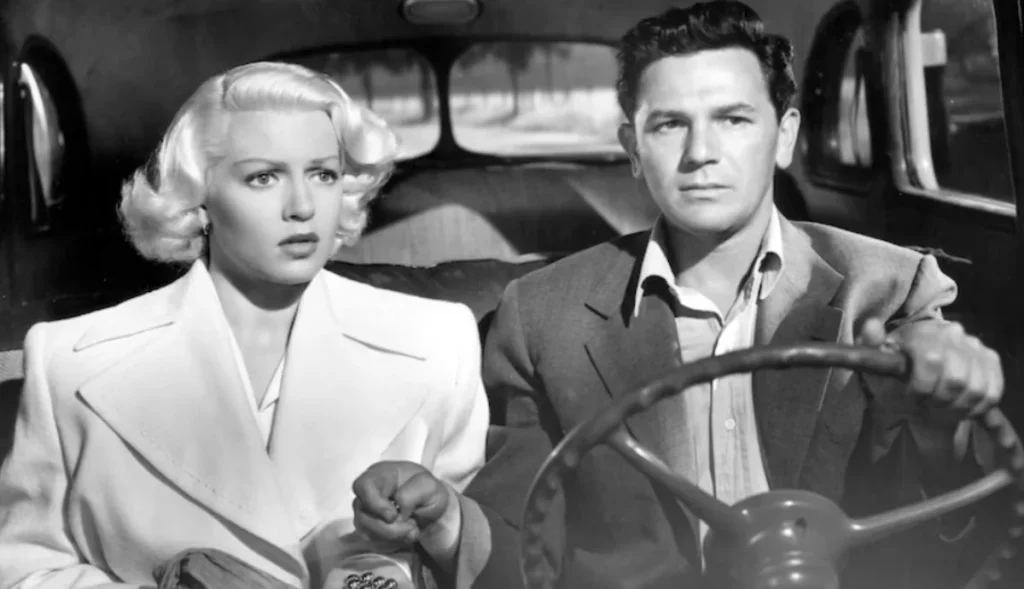Think movies are all modern magic with CGI, special effects, and flashy camera work? Think again. A surprising amount of what makes your favorite films so captivating comes from old-school theater techniques. Directors, writers, and actors often borrow tricks from centuries-old stage plays, and the results are sneaky, subtle, and sometimes brilliant.
Blocking and Stage Movement
One of the biggest theater secrets that survived into movies is blocking. In theater, actors have to move in specific ways so the audience can see them properly. In films, blocking might seem invisible, but every gesture, step, or positioning in a scene is carefully planned. When you feel tension or intimacy between characters, part of that is thanks to movement that would have originally been designed for a stage audience.
Lighting Tricks
Theater lighting has been around for ages, and filmmakers still borrow it today. Spotlights, shadows, and colored gels all create mood, highlight emotions, and direct your attention. That eerie glow during a thriller scene or the warm sunlight in a romantic moment? That’s old-school theater lighting making its way onto your screen without you even noticing.
Dramatic Pauses and Timing
Timing is everything on stage, and it’s just as crucial in movies. Those perfectly placed pauses before a shocking revelation or a comedic punchline? That’s a trick borrowed from theater masters. Directors use timing to manipulate your anticipation, make jokes land better, or build suspense, all while making it feel natural.
Stage Design and Set Dressing
Theater has long relied on clever set designs to tell a story with limited resources. In movies, directors take similar approaches, using props, furniture, and backgrounds to subtly hint at plot points or character traits. Sometimes a single chair, painting, or window placement can convey more than dialogue ever could—a little secret passed down from theater stagecraft.
Projection of Emotion
Actors trained in theater know how to project emotions in ways that resonate, even from the back row. Many classic movie performances still borrow from this technique. That subtle eyebrow raise, dramatic gesture, or way someone enters a room can feel exaggerated in film but is designed to communicate feelings clearly to the audience.
Musical Cues and Rhythm
Theater has long used music to cue emotions, transitions, or dramatic beats. Movies do the same, but with more finesse. From the swell of an orchestra to the quiet hum of a scene-changing piano, these musical cues guide your emotional journey without you realizing it. It’s theater wisdom translated to modern storytelling.
Why It Matters
Understanding these theater secrets gives you a whole new appreciation for movies. Every shot, gesture, and pause might be rooted in centuries-old techniques that were originally developed for audiences without close-ups or special effects. The magic of cinema isn’t just in technology—it’s in these subtle, time-tested tricks that make stories feel alive, dramatic, and unforgettable.
Old-school theater might feel ancient, but its influence is alive and well in your favorite movies. Next time a film makes you gasp, laugh, or cry, remember: part of that magic comes from techniques perfected hundreds of years ago on a stage, quietly shaping your emotions in ways you never noticed.



